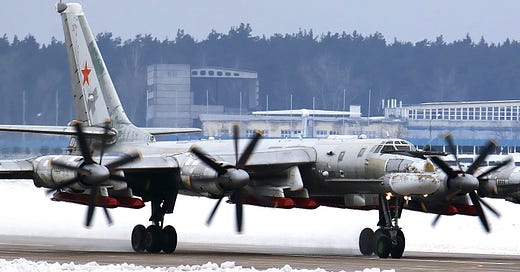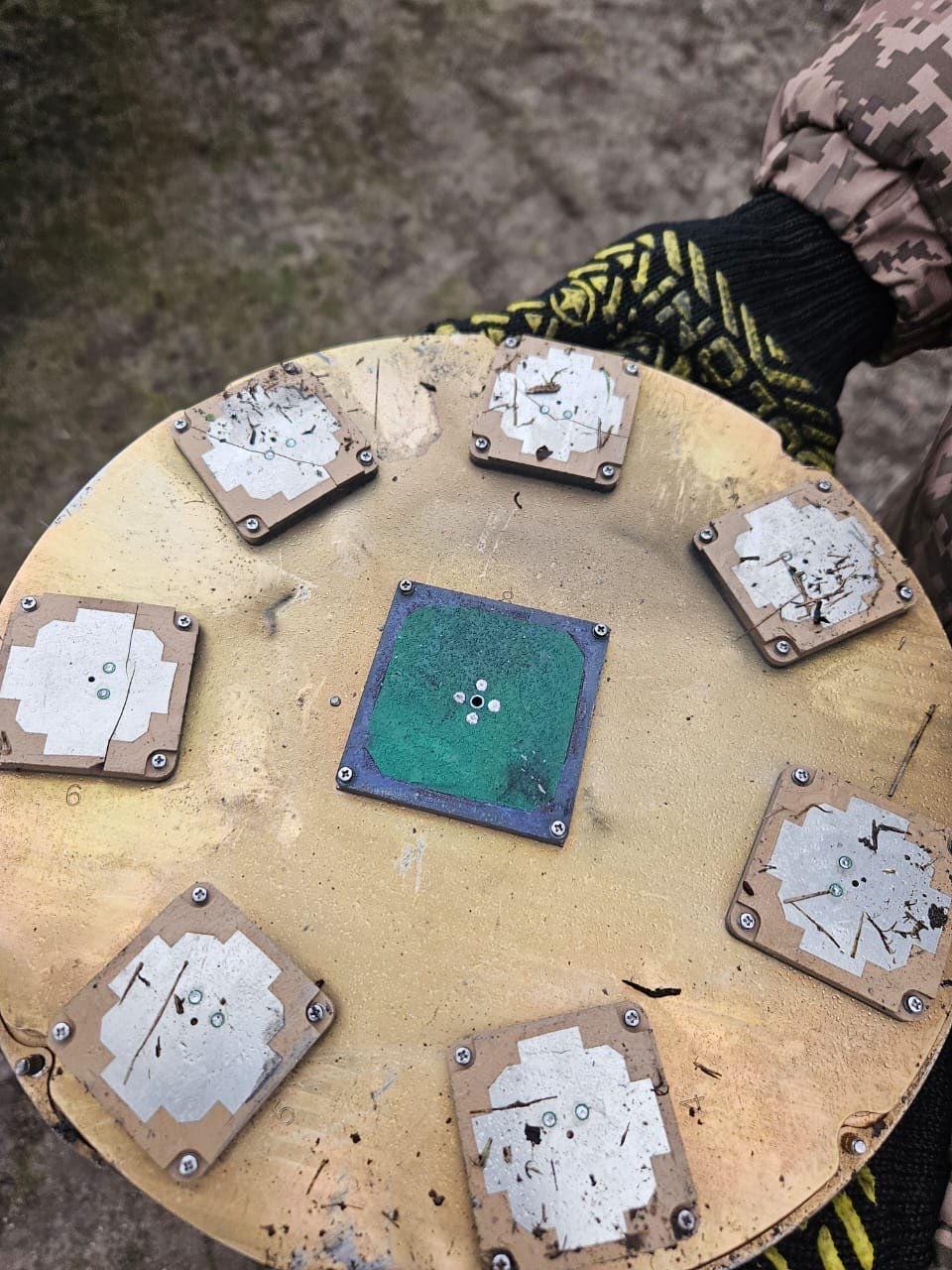Ukrainians Built an Invisible Wall of Radio Jamming Along Their Border. Any Russian Missiles Flying Through It Went Wildly Off Course.
One Russian missile even landed in Poland.
After some desperate trial and error in the months following Russia’s wider invasion of Ukraine in February 2022, Ukraine’s 10-person Night Watch electronic warfare team—volunteers working mostly outside the strictures of the Ukrainian government—devised an effective electronic defense against Russian cruise missiles and Shahed attack drones.
Having developed the new Lima E.W. jammer, Night Watch next had to figure out how to deploy it. Their solution was to build an invisible wall along part of Ukraine’s eastern border. “This methodology became the basis for the nation’s defense against incoming missiles and Shaheds,” said Night Watch’s commander, who goes by the nom de guerre “Alchemist.”
Night Watch discovered early on that the latest Russian missiles and drones use satellite positioning to navigate. And they communicate with the satellite constellations by way of Controlled Reception Pattern Antennae, or CRPA, which are designed to mitigate the effects of radio jamming.
Night Watch had to mitigate the mitigation.
“We developed a theory for jamming CRPA—by arranging E.W. emitters in squares or honeycomb patterns, emitting from varied angles,” Alchemist recalled. “The number of emitters had to match or exceed the number of CRPA antenna elements [on the Russian munition]. We found suppression was as effective as for non‑protected receivers.”
The government in Kyiv gave Night Watch permission to install the first few Lima jammers, each costing $1.2 million.
“On May 28, 2023, thanks to this tech, the first Shahed was jammed and crashed,” Alchemist explained. A month later on June 24, 2023, Night Watch won the Ukrainian government’s anti‑Shahed “hackathon” competition—and took home a $1-million prize.
The successes continued. On July 6, 2023, the first four Russian cruise missiles that flew through Night Watch’s trial jamming zone fell harmlessly to the ground a few miles away—without detonating, according to Alchemist.
Jamming works!
On July 12, Night Watch jammed seven of eight Shaheds motoring toward one of the few sites the E.W. team protected at the time. “A state commission was convened to conduct official evaluations,” Alchemist said.
Initially, the government scientists were skeptical that Lima and other bootstrapped jamming systems could overwhelm the multi-directional CRPA antenna elements on Russian Shaheds, “but tests confirmed our approach,” Alchemist reported.
The staff in Kyiv overseeing electronic warfare deployments proposed deploying Lima jammers along the eastern border—at the locations where most Russian missiles tend to enter Ukrainian air space. “We accomplished this,” Alchemist boasted.
It was an invisible wall of radio interference. “Any missile passing through the zone lost navigation and flew inertially” without guidance. “None reached their targets,” Alchemist said.
“They fell in fields.” Others continued flying but drifted farther and farther off course, “with deviations increasing with distance,” Alchemist explained. “One even drifted into Poland.”
“Since deployment, no missile passing through our jamming zone has succeeded,” Alchemist reported. But Night Watch protects just a small part of the Ukrainian border as well as a handful of cities and power substations.
The jamming works—but it needs to be scaled up. Massively.
The problem is: covering just one regional center with E.W. costs $8 million, and there are 24 regional centers in Ukraine. Adding more border jamming would incur further cost.
Kyiv is strapped for cash, so allied governments should chip in, Alchemist said. “Partners should help Ukraine scale Lima production for full coverage.”
Read more:
A Proficient Chinese Spy Helped a Ukrainian Tech Team Jam Russian Drones
In mid-August 2022, the first Iranian-designed Shahed attack drones began appearing in the sky over Ukraine. Thirty-four months later, Russian forces are launching more than 100 of the 440-pound, propeller-driven, flying munitions every day.







